
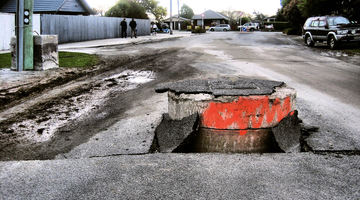
Earthquakes help shape New Zealand and are a constant threat in many parts of the country. The more we understand about what causes them, the more we can be prepared. This resource provides ...
READ MORE
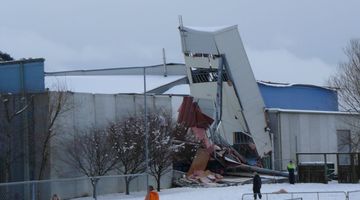
Large snow events in most parts of New Zealand are uncommon. However, if you are in the South Island or the central North Island, this citizen science project could be a great one for your ...
READ MORE
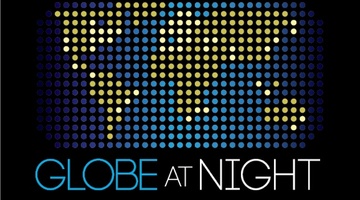
Globe at Night is an international citizen science campaign to raise public awareness of the impact of light pollution by inviting citizen scientists to measure and submit their night sky ...
READ MORE
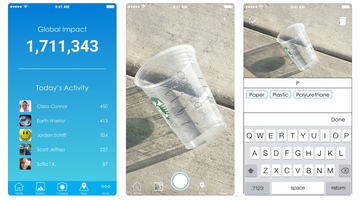
Litter is everywhere – but how much is there, and why does it matter? Litterati is an online citizen science (OCS) project that allows participants to photograph, upload and tag litter in their ...
READ MORE
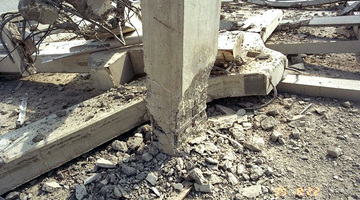
About 14,000 earthquakes are recorded in and around Aotearoa New Zealand every year. Canterbury’s 7.1 and Kaikōura's 7.8 magnitude earthquakes and subsequent aftershocks show the constant threat ...
READ MORE

This online PD session, recorded on 18 February 2015, focuses on using Science Learning Hub earthquake resources to plan an Earth and Space science unit. It models how a variety of resources can ...
READ MORE
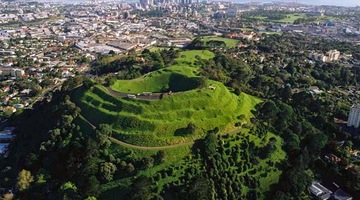
Children’s involvement in science is increased when they have an opportunity to make decisions about science-based issues that have consequences for their lives. It’s bringing science into the ...
READ MORE
Slow slips are silent earthquakes that occur below the Earth’s surface over a large area, unlike traditional earthquakes we feel that occur in a relatively small region. Before discovering slow ...
READ MORE
Chris Gannon and John Meyer from Robinson Seismic explain how the Ro-Glider works. Lead rubber bearings aren’t suitable for light structures, so Robinson Seismic has developed the Ro-Glider to ...
READ MORE
This animated video shows the movement of the tectonic plates that make up the Earth’s crust. Starting 600 million years ago, watch continents form and break apart as the plates move. Pangaea the ...
READ MORE
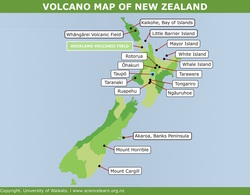
There are many different types of volcanoes around New Zealand. This interactive map shows where the major volcanoes are, the types of volcanoes and various facts such as when they last erupted ...
READ MORE

In this interactive follow a core sample as it makes its journey from the Alpine Fault to microscopic examination. Click on the labels for more information. Select here to view the full ...
READ MORE
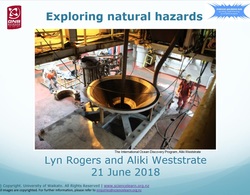
This is the slideshow that supports the Exploring natural hazards PLD webinar. Use the Slideshow menu for further options, including view full screen, and go here for the download option.
READ MORE